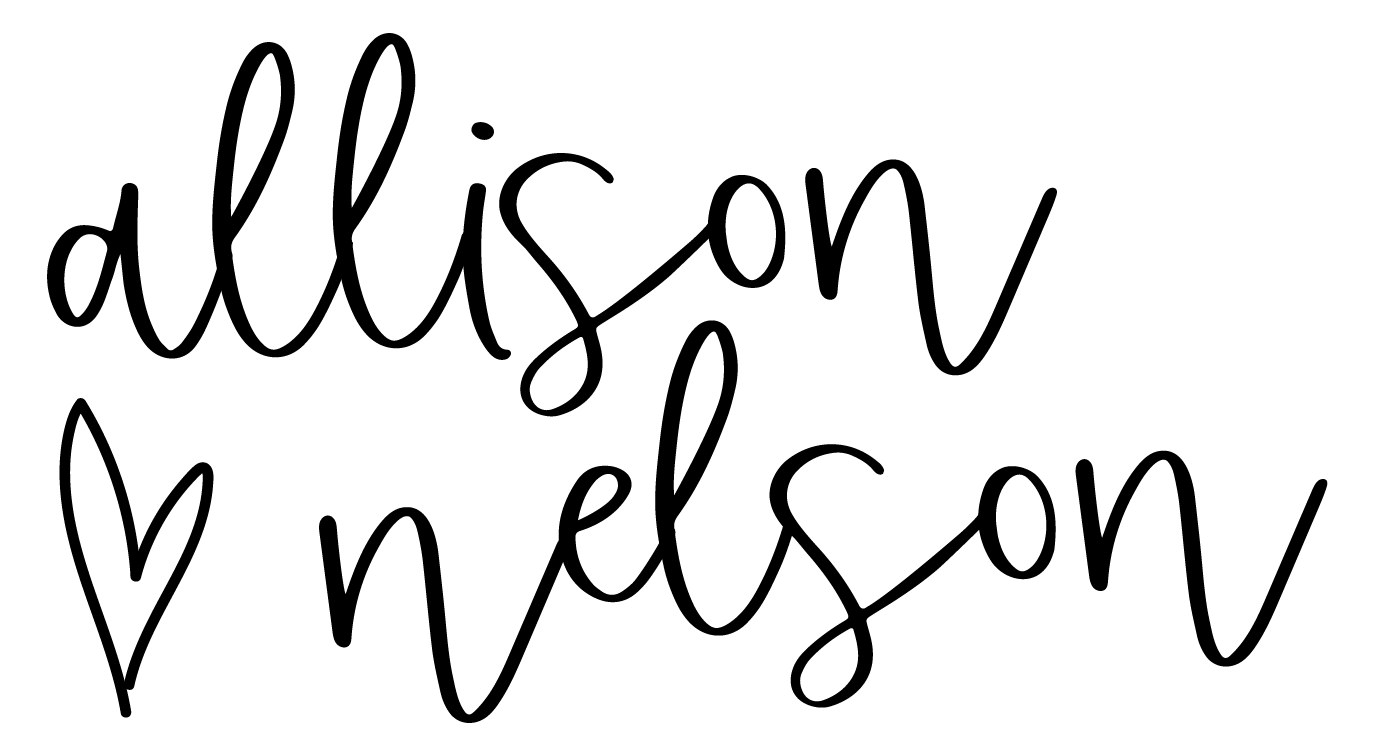187: The Reason Your Clients Aren’t Getting Results In Your Group Coaching Program (And How to Fix It)
Apple Podcasts | Spotify | Stitcher
As a group coach, there’s nothing more frustrating than putting your heart and strategy into a program, only to see your clients not getting the results you know they could achieve. If you’re noticing that your clients aren’t making the progress you want for them, it might be time to look deeper into your program’s structure and approach.
In this post, we’ll dive into two powerful strategies that can immediately improve your clients' outcomes in a group setting: establishing clear expectations and norms, and optimizing the structure of your group calls. These practical changes can help you set your clients up for success and transform the energy in your group coaching program.
Set Clear Expectations and Norms
Most coaches overlook the importance of setting crystal-clear expectations from day one. Without them, clients can end up feeling unsure about how they should engage in the program, leading to minimal participation and poor results.
Why Expectations Matter
Expectations give clients a clear bar to aim for. They know what’s expected, and that clarity naturally increases their commitment. Setting up norms doesn’t just make group interactions smoother; it builds a culture of accountability and engagement, which are crucial for progress.
Think about it: if clients don’t understand that they’re expected to participate actively, they might sit back and coast. Or, if they think they can monopolize time on calls, they may not be aware that this disrupts group flow. When everyone knows the standards, they’re more likely to align their actions and energy toward the program’s goals.
How to Establish Expectations
Define from Day One: If you haven’t established expectations at the start, no problem. You can reset expectations at any point. Bring your group together and let them know the goals for group engagement, participation, and collaboration.
Repeat Often: Mention expectations at the beginning of each call as a quick reminder. For instance, “Let’s remember to keep our contributions concise so everyone gets a turn.”
Model the Standards: Show up prepared, be fully present, and exhibit the level of engagement you expect from clients. This reinforces that these aren’t just “rules” but essential components for success.
Structure Your Group Coaching Program Calls for Better Engagement and Results
A common pitfall for group coaching is a lack of intentional structure in calls. Unstructured calls often turn into passive listening sessions, which rarely move clients closer to their goals. However, with a few tweaks to your call structure, you can turn each session into an engaging, productive experience that drives results.
Tips for Structuring Calls Effectively
Keep Q&A Short and Focused: While Q&A is valuable, make sure it doesn’t dominate the call. Allow only the last 10–15 minutes for questions to ensure the rest of the time is spent on high-value activities.
Incorporate Interactive Elements: Small group breakouts, guided exercises, or even live “hot seats” can make calls more dynamic. These methods create opportunities for clients to apply concepts immediately and learn from each other.
Create a Consistent Agenda: Set up a routine call structure, like opening with wins, diving into the day’s focus, and ending with an action step. Familiarity helps clients feel comfortable and understand exactly what to expect from each call.
Why Group Coaching Program Call Structure Matters
A well-structured call is not only productive but also enjoyable. Clients who see immediate progress or gain clarity during a call are more motivated to stick with the program, show up to calls, and participate fully. The more engaged they are, the better their outcomes will be.
Making Your Group Coaching Program Stand Out
When clients aren’t getting results, it can be tempting to question your content or even the value of group coaching as a model. But often, small adjustments like setting expectations and structuring calls make all the difference. Group coaching programs that don’t deliver results aren’t usually because of a lack of expertise or effort but rather a lack of clear standards and effective call structures.
Implement these two strategies, and you’ll likely see an immediate improvement in client engagement and results. Not only will this benefit your current clients, but it will also make your program stand out in the crowded coaching space. Coaches who put these habits in place build trust and credibility, ultimately helping them to grow and scale their impact with confidence.
Ready to see better results in your group program? Start implementing these strategies in your next session, and watch your clients rise to the expectations you’ve set! If you need more personalized guidance, feel free to reach out for a roadmap call.
Group coaching programs don't have to suck…
…they can be a source of inspiration, collaboration, and transformation. Embrace the power of connection, make learning interactive, tailor your content, celebrate wins, and leverage technology wisely. Your group programs are not just about what you teach; they're about the vibrant community you create.
Ready to revolutionize your group programs? Let’s chat about yours!
CONNECT WITH ALLISON:
Book a FREE Group Coaching Success Roadmap Strategy Call
Join my FREE Masterclass, Why Most Group Coaching Programs Don’t Get Results (And How To Fix It This Year)


